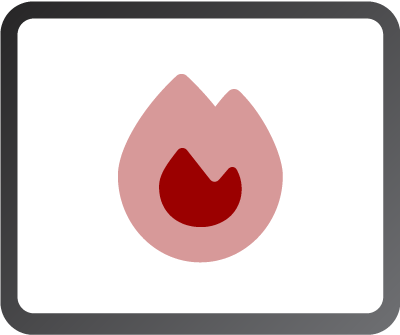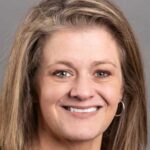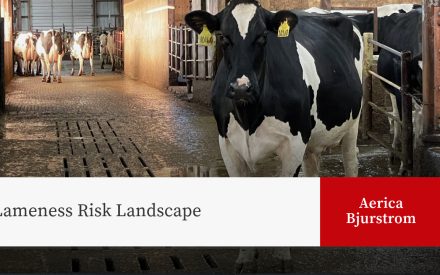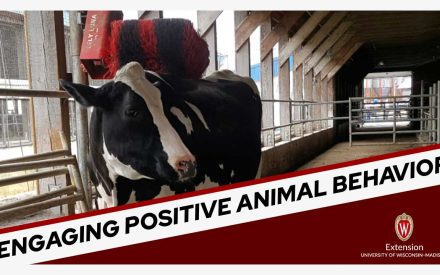Table of Contents

Importance of fitness for transport
- Ensure survival of animal to the final destination
- Carcass quality for market cows
- Reduce long-term health issues and stress
- Ensure consumer safety
Do not transport ambulatory animals with:

Cancer eye or blindness in both eyes

Fever greater than 103F

Drug residues

Peritonitis

Bone fractures or lameness
(4 or 5 on a 5-point scale)

Unreduced prolapse

Cows calving or high likelihood calving during transport

Suspected nervous system symptoms

Visible open wounds
When transporting cows
- Milk all lactating dairy cows just before transporting to market
- Minimize the number of times cattle need to be handled during transport
- Do not transport animals with distended udders causing pain and ambulatory issues
When transporting calves
- Ensure proper colostrum consumption
- Proper identification
- Vaccinate
- Proper navel care
**Infographic adapted from the American Association of Bovine Practitioners
Author

Aerica Bjurstrom
Regional Dairy Educator – Aerica’s work focuses on herd health and animal welfare. She also has a strong background in meat quality and has done programming in market cow carcass quality.


 Introduction to the Understanding Automatic Milking Systems Article Series
Introduction to the Understanding Automatic Milking Systems Article Series Negative DCAD Diets for Milk Fever Prevention in Dairy Cattle
Negative DCAD Diets for Milk Fever Prevention in Dairy Cattle  Lameness Risk Landscape
Lameness Risk Landscape 🎧 LISTEN: Engaging Positive Animal Behavior
🎧 LISTEN: Engaging Positive Animal Behavior


